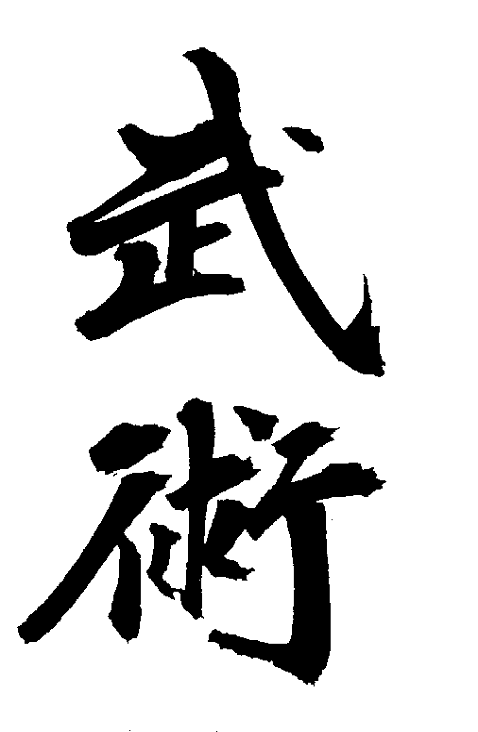What is KungFu (Wushu)?
Wushu (also known as Kungfu or Chinese Martial Arts) has developed and enriched itself through the life practice of the Chinese people during the long history of social development in early China. As early as clan communes in primitive society, there appeared forms of wrestling and dances with axe and shield. Through the centuries, Wushu has developed into a great variety of styles, which are rich in content and diversified in form. Wushu routines incorporate kicking, beating, throwing, seizing, striking and thrusting into set routine exercise using various combinations of attack and defense, advance and retreat, dynamic and static states, quickness and slowness, toughness and solidity. "Wushu" is the standard reference to Chinese martial arts, as used in mainland China and most of South East Asia. "Kungfu" is the popularised reference (largely from Hollywood) to Chinese martial arts, usually used in Westernised countries.
The Benefits of Practising Kungfu-Wushu
KungFu-Wushu is ideal for children and young adults, as it is capable of developing one's body to an all-round agile, dynamic and athletic condition. At the same time, it cultivates discipline in character, mental focus and personal confidence.
Research shows that regular exercise with Wushu can improve the function of the cardiovascular system, enhance the aerobic and anaerobic metabolism, stimulate respiration and increase one's vitality. It is a complete system for developing strength, flexibility and agility. With graceful movements of the body revealed during exercises, the charm of Wushu provides an impressive and artistic delight, whilst sharpening ones' reflex, athletic and control skills.

Kungfu Wushu Areas of Study
Due to the long & complicated history of Chinese martial arts, KungFu Wushu is commonly recognised as consisting of 2 main areas:
1) Traditional Wushu (includes "Pre-2005 Rules" Wushu Taolu/Routines & Internal KungFu styles)
This area is often defined as having more traditional martial roots. In terms of competition, this area of Wushu simply does not involve what is known as "degree of difficulty".
2) Standardised "New Rules" Wushu
The standardised system of Wushu consists of 2 areas - Taolu (Routines) & Sanda (Combat)
Students choose to specialise in 1 area, and train accordingly. In Taolu competition, judging involves consideration of what's known as "degree of difficulty", largely based on the complexity of acrobatic movements.
Taolu (Routines)
Taolu is the most popular area of Wushu, as it is safe (non-combat), and accommodates a wide range of interests with a huge array of weapons & barehand forms to study. The foundation of Taolu training is Changquan (Longfist) or Nanquan (Southern Fist), followed by the four major weapons - Straight Sword, Broadsword, Spear & Cudgel.
Click the links below to see videos of the more popular areas of Wushu specialisation:
-
Qin Na (Joint Control, Locking and Unlocking)
-
Chinese Fast Wrestling
-
San Shou-Free Hands Sparing
Study includes contemporary and traditional styles
Fanzi Quan
Fanzi Quan (also known as Fanzi boxing, Tumbling Boxing, or eight-flash boxing) is so called because of its movements which are executed as fast as lightning and thunderclaps. The movements are varied and continuous.
Earlier mentions of Fanzi Quan appeared in a New Essay on Wushu Arts written by anti-Japanese general Qi Jiguang of the Ming Dynasty. From Qi’s account, Fanzi Quan was already a comparatively complete and perfect style of fist style in the Ming Dynasty. During the Qing Dynasty Fanzi Quan was popular in North China.
Fanzi Quan stresses the use of hands and body techniques such as side move. Leaning back and turning over, as if a dragon whirling in the clouds, the movements are quick and forceful, attacking and defending in short distance.Fanzi Quan also stresses the combination of external and internal strengths and energies. Fanzi boxers take root in the legs while emphasizing hand tricks and movements.
The tumbling exercises are categorised into:
Major moves – jabbing, axing, elbowing, jamming, wrestling, rubbing and holding
Minor moves – rolling, lifting, turning, penetrating, slipping, hammering, provoking and flicking.
The routines are rhythmic, containing slow and fast movements, continuous and intermittent actions. The routines are also short and terse, with agile and quick movements arranged in compact patterns.
Fanzi boxers prefer to fight in a straightforward way, freely changing from hardness to softness and vice versa. When the hands strike, the feet follow with a quick step. The body clutches together whilst moving around fast. The fist never strikes aimlessly nor does the hand retreat without trying to attack on its way back.
When practicing, the footwork is steady, posture upright and square, and actions are versatile. One moment the two fists hit straight and the next they are rounded for their attacks. Various tricks and moves are like whirl-winds and the entire routine is completed as if in one breath. The fist hits of Fanzi Quan are described as “dense as rain drops and as fast as a burning string of small firecrackers”. Movements are crisp, fast, hard and resilient.